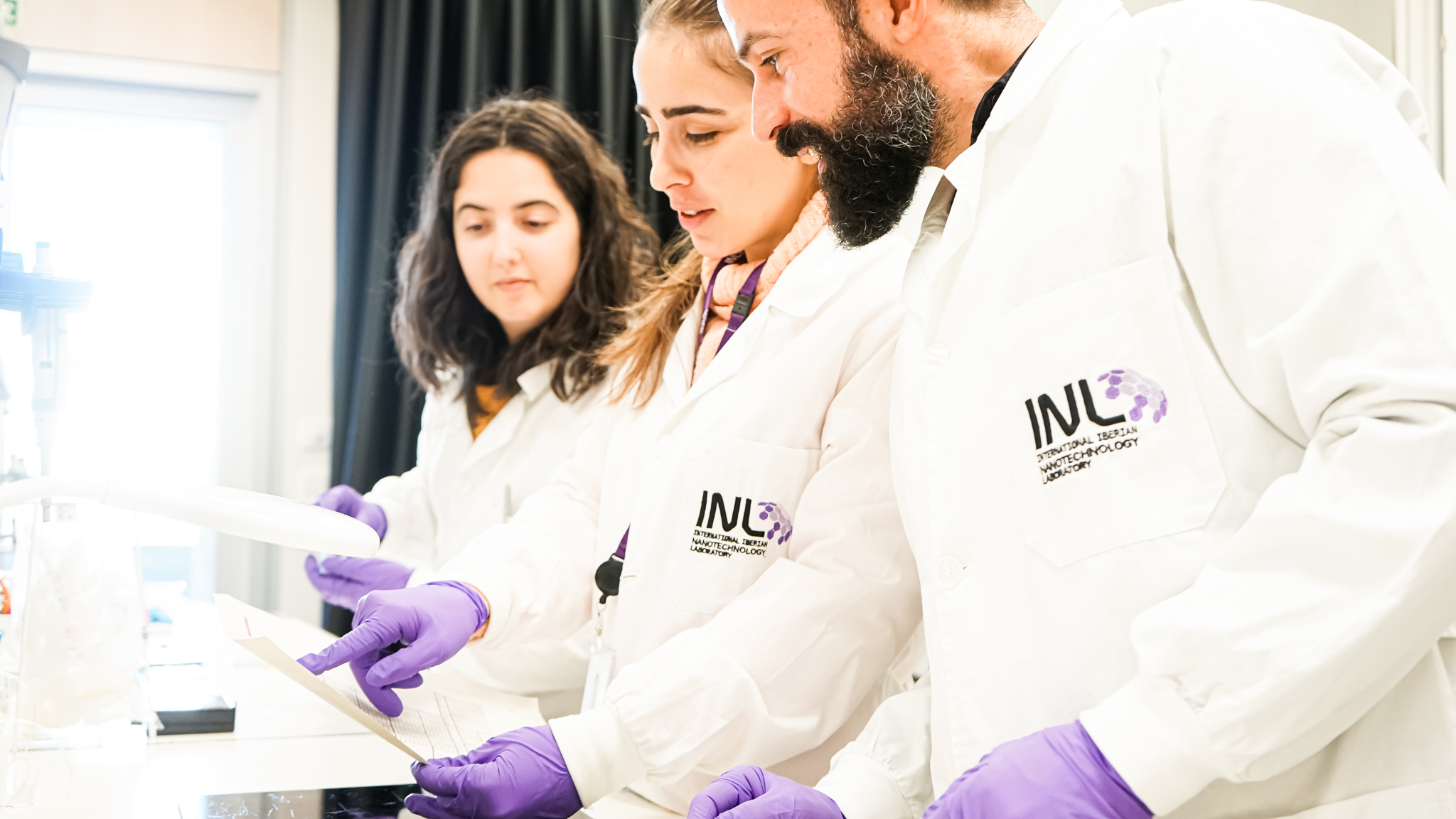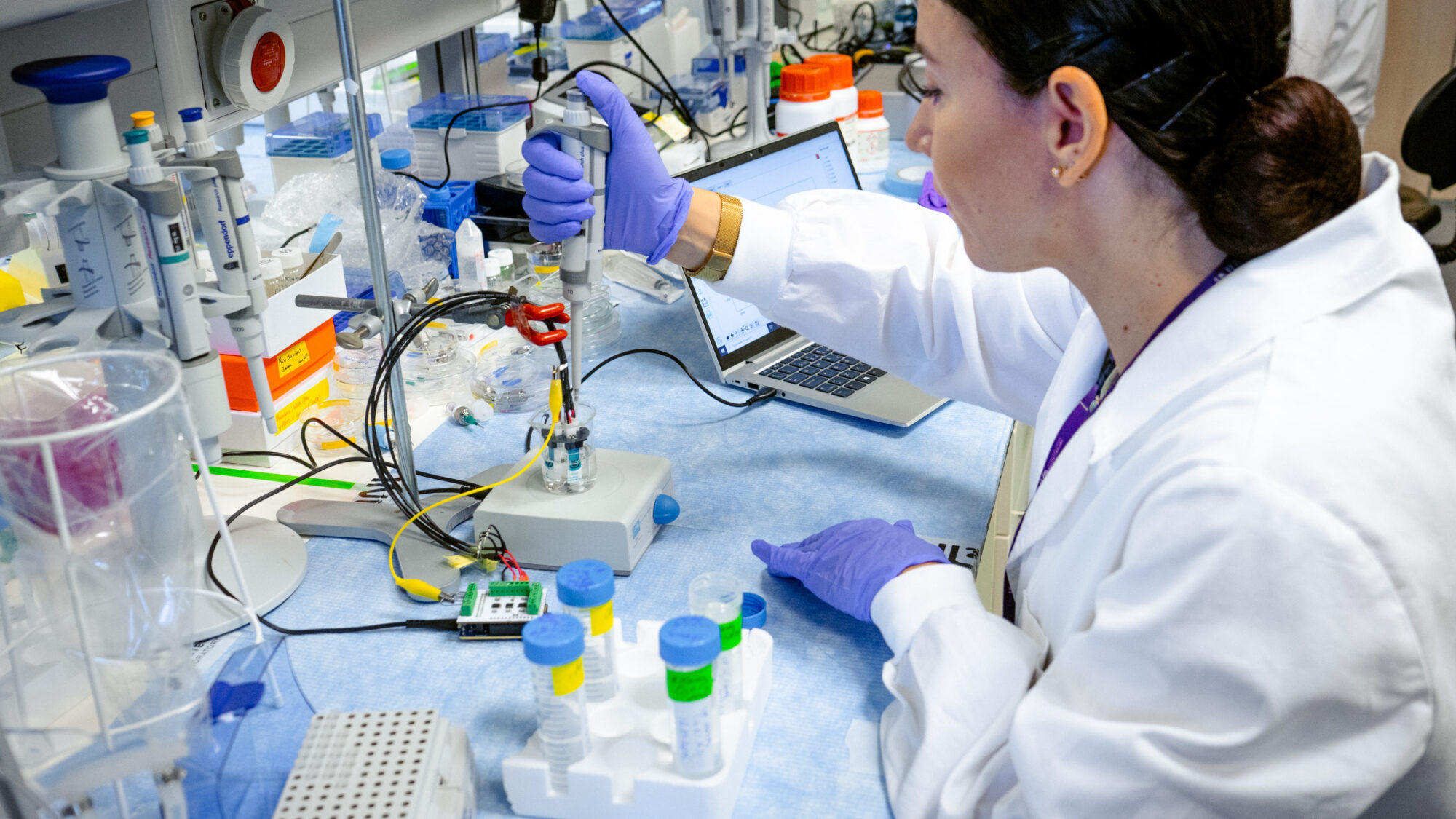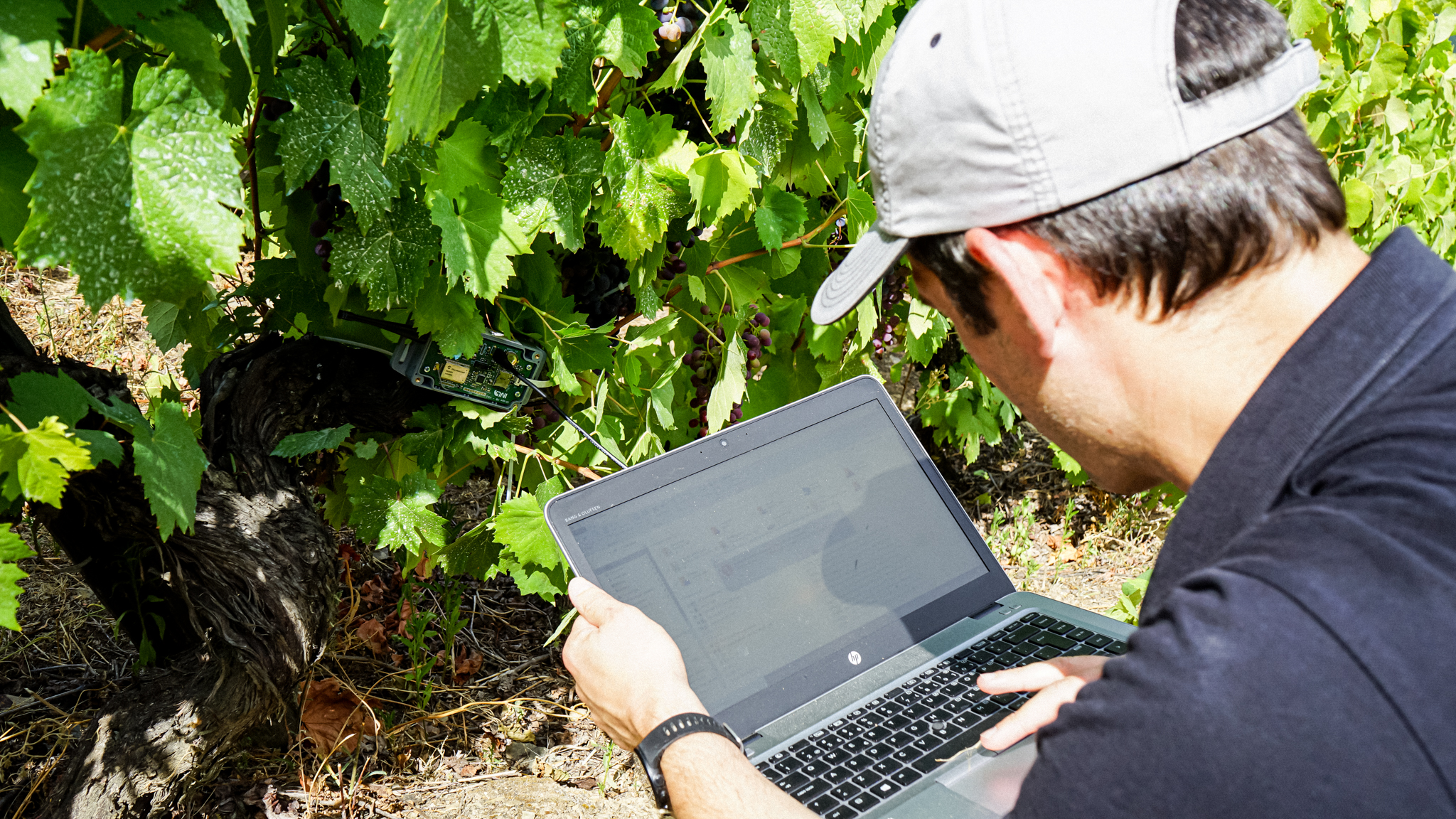
INL researchers developed an autonomous monitoring system for grape ripening
February 2, 2024
INL researchers have published a new study describing a novel prototype of a stand-alone system designed to autonomously collect grape ripening measurements.
Climate change and the rapid transformation of economic value chains are driving the need for advanced decision-support systems in viticulture. The traditional method of monitoring grape maturation involves manual sampling and lab assays, but there’s a shift towards using optical techniques in agriculture.
The Internet of Things (IoT) plays a key role in agriculture by connecting sensors, networks, and data processing. IoT is also one of the main drivers of precision viticulture, where the combination of multiple data sources can create complex tools for monitoring the vineyard. Hugo Oliveira, the main author of this study, explains “this IoT application involves using simplified spectral sensors to monitor grape ripening in real-time, providing analytical information about the grapes’ status. This work established the technology ground to achieve this objective”.
The research work developed by INL researchers of the Systems Engineering and the Nanodevices groups, in collaboration with University of Milano, IMTEK, Sogrape, INESC-MN, and Automation, introduces a novel prototype of a stand-alone system which uses simplified spectral sensing to autonomously collect reflectance measurements directly from grape bunches. The system comprises an optical module interacting with the grapes, a host module driving LED illumination and signal digitisation, and a controller module managing data storage, power, and connectivity.
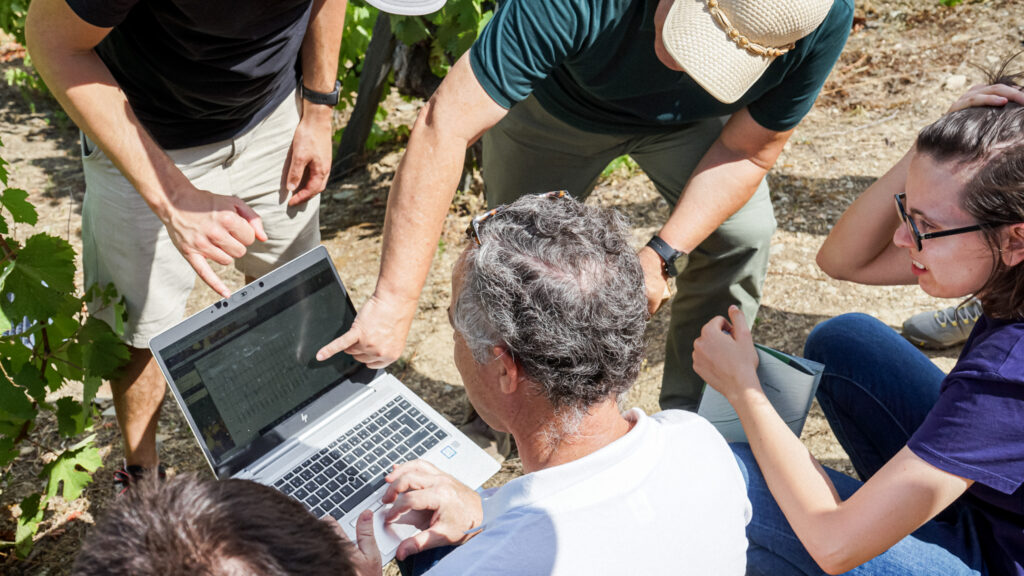
The developed system uses four optical bands to capture reflectance data, and was validated with red and white grapes, specifically in Touriga Nacional and Loureiro grape varieties. The prototype demonstrates variations in optical signals during the ripening season, both in lab and field environments.
The focus is on designing the complete spectral sensing system for autonomous grape berry ripening monitoring. “Future versions of the optical module can accommodate additional applications, such as monitoring phenolic maturation parameters and vine plant water status”, adds João Piteira, Systems Engineering group leader.
Future publications about this IoT spectral sensing system will detail other aspects of the work carried out under the H2020 project i-Grape. This includes the creation of prediction models for grape ripening parameters (Brix, Potential Alcohol, total acidity, and pH), along with the integration of this innovative system into a Wireless Sensor Network for real-time monitoring of grape ripening in a field scenario.
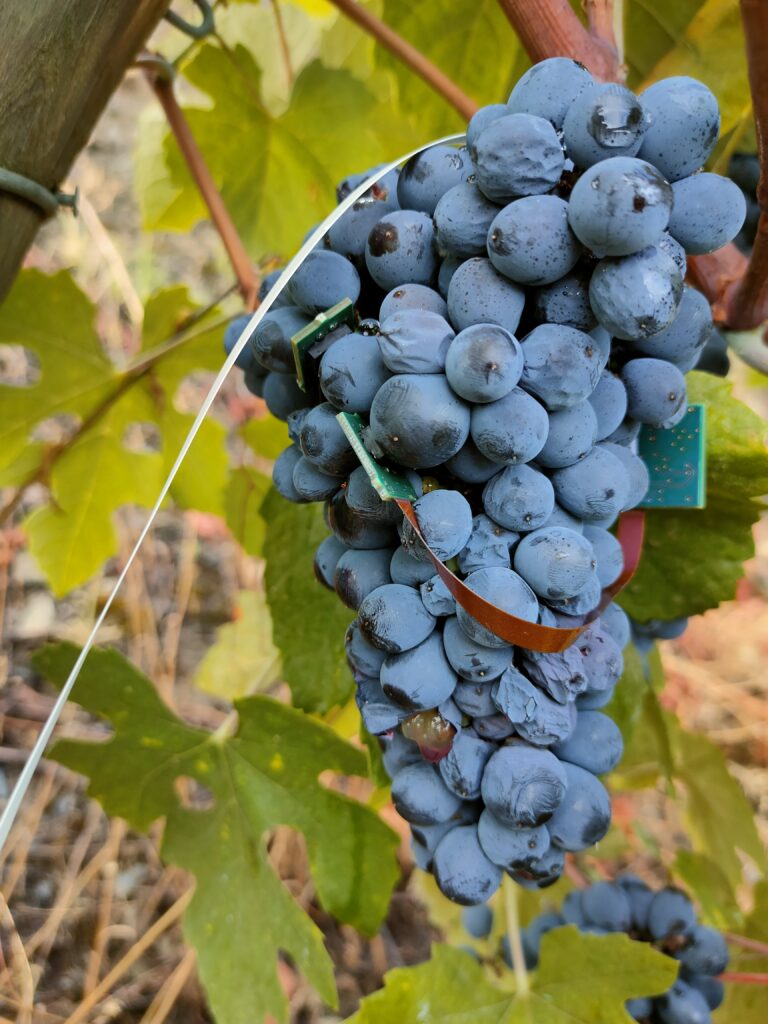

Text by: Catarina Moura, Science Communication Office

